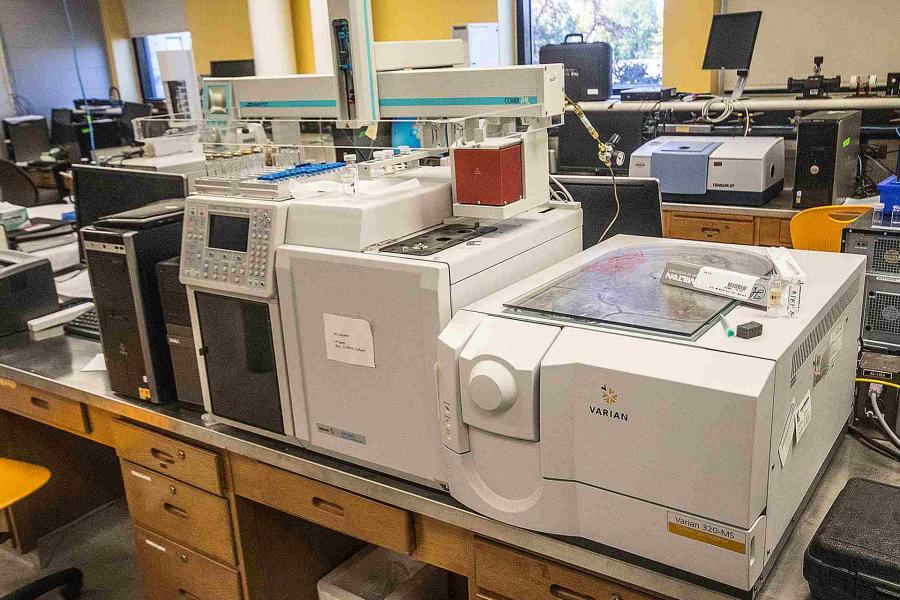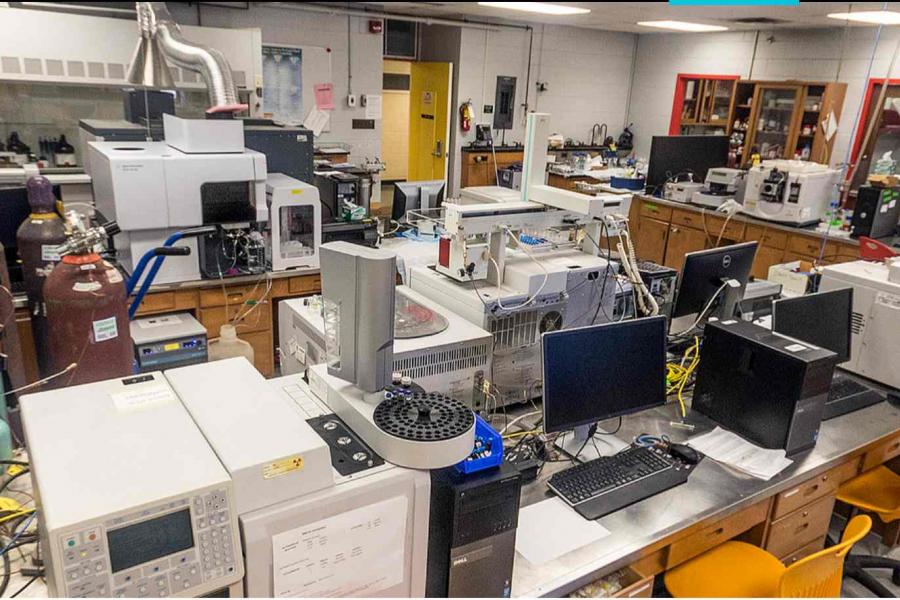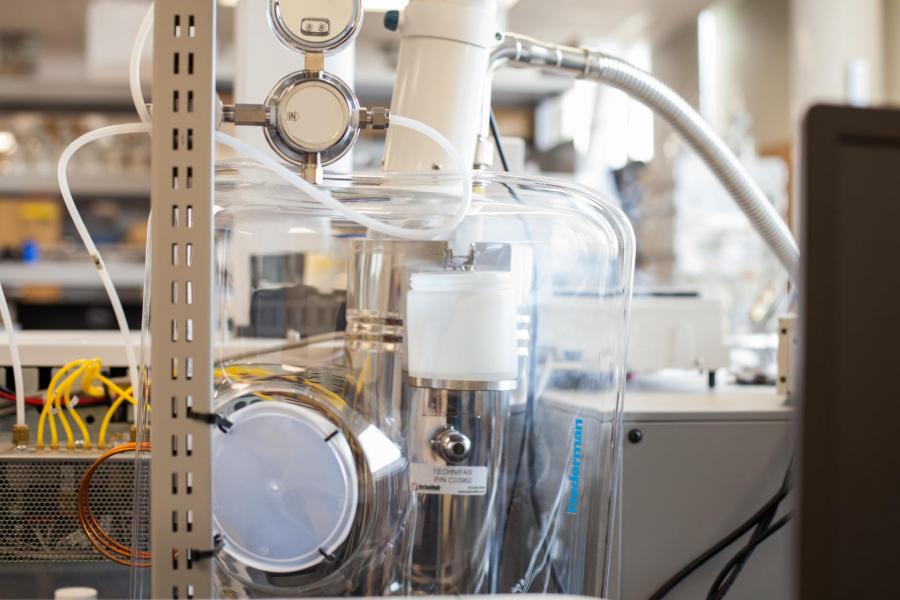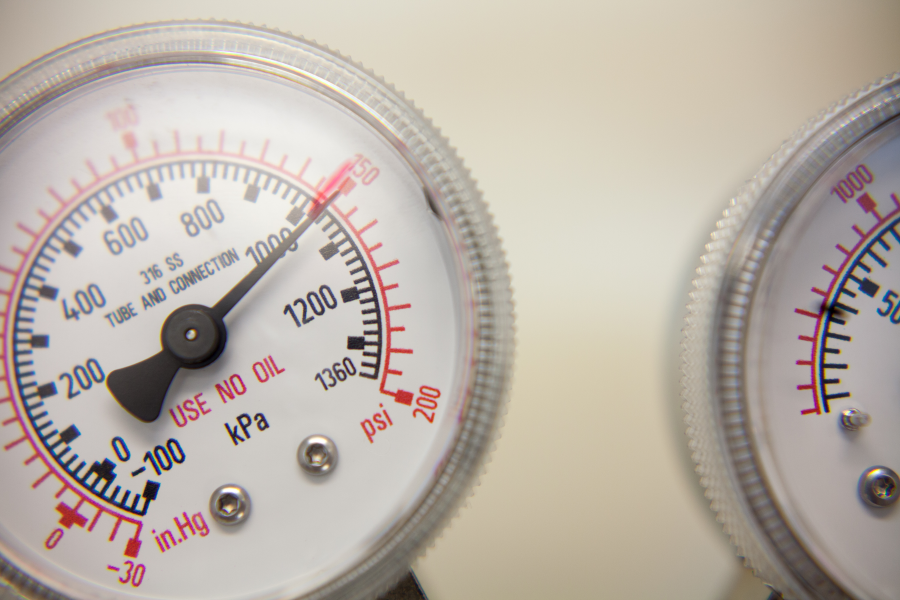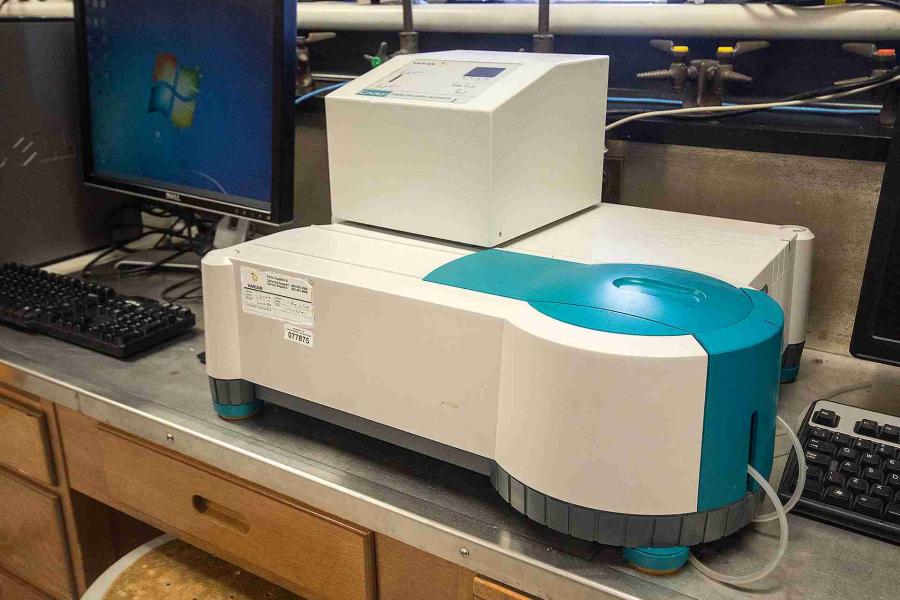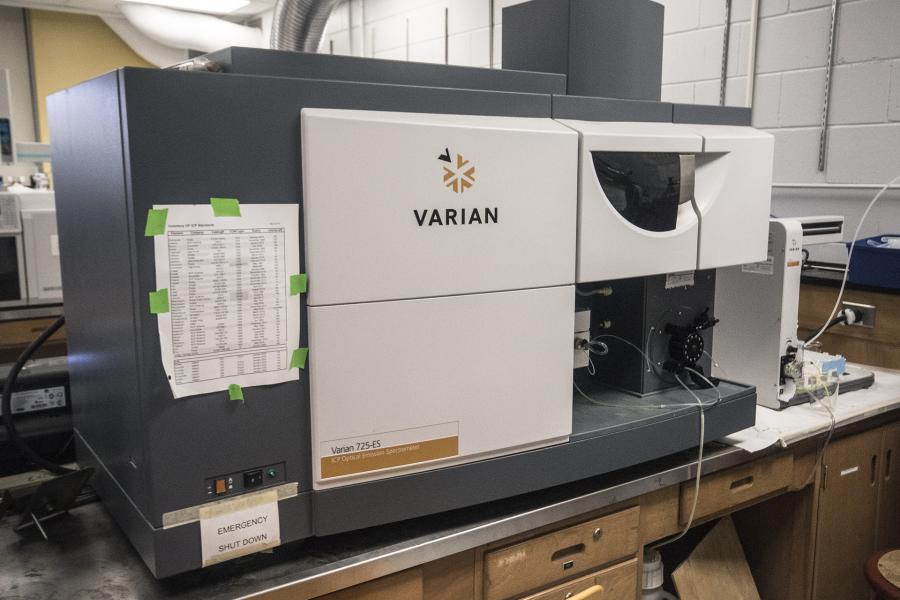Equipment
Equipment in the MCAL facility is available for use by the research community. There is a fee structure set up for the use of the equipment to offset the costs and to keep the laboratory up to date for the research community. Contact MCAL for equipment booking, equipment status, availability of reagents, feasibility of the proposed experiments, etc.

